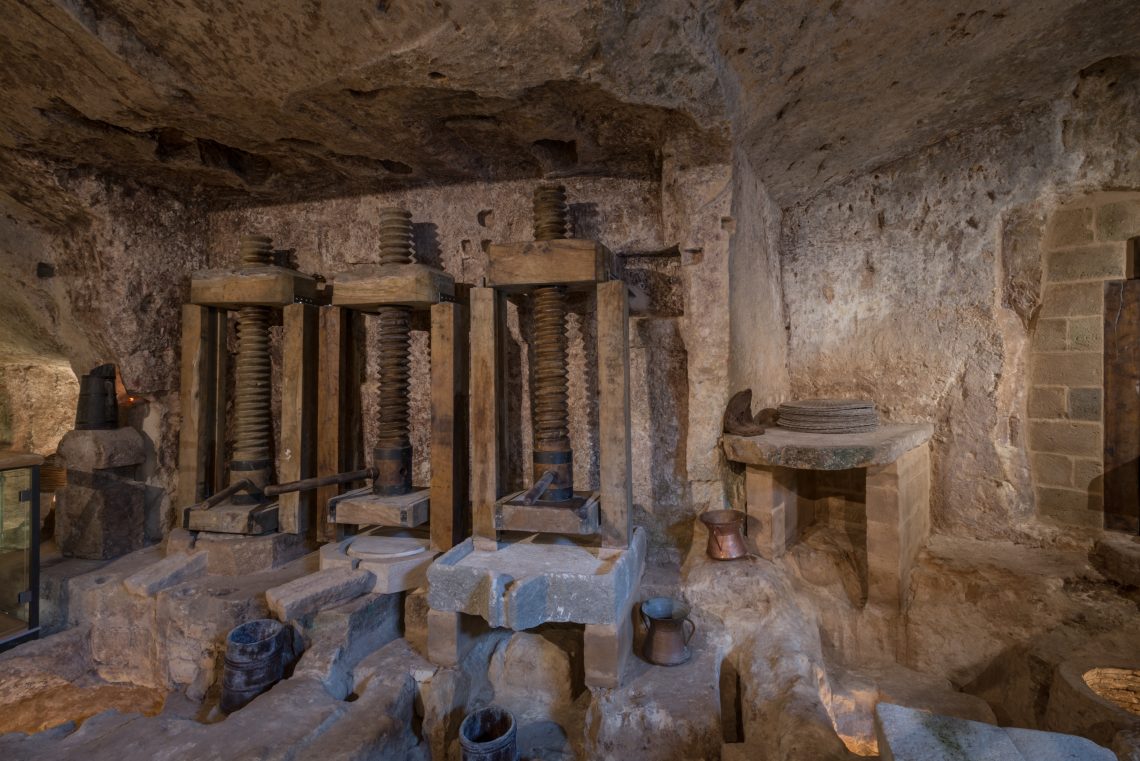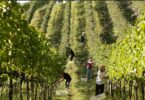The Wolf Post, supported by a Cultural Association, offers a professional service with free access, without subscription.
For this reason, a donation would also be a sign of appreciation for our work.
The dissemination of the culture of Extra virgin olive oil cannot be separated from a communication aimed at learning about the history of a food with a noble and ancient history.
In times when the average consumer still struggles to understand the difference between an artisanal EVOO and an industrial one (often, opting for the latter), telling the origins of what scientific studies have confirmed to be an ingredient rich in virtues, is a value added.
Extra virgin olive oil is told in various ways, at the table, with oleo tourism but also through visits to the oil museums. Perhaps, still not popular enough, the Oil Museums are an extraordinary reality, especially in a country with an important olive history like Italy.
The MOOM: Matera olive oil Museum is one of the reference points on the subject. Let’s get to know this reality better through Marco’s Montemurro words, manager of the Museum.
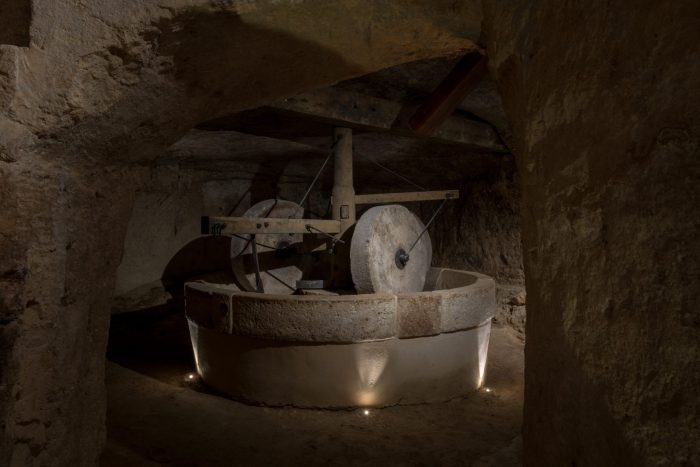
©Moom
The strong and special soul of Matera is also fully expressed within the walls of the MOOM, whose particular characteristic is precisely that of being located inside an ancient oil mill. Can you briefly describe the museum building and tell its history?
The museum is located inside an ancient underground oil mill in the Sasso Caveoso part. Probably, based on the period of urban development in the area and the signs of the technologies used, it could have been active as early as 1600. Probably, the factory was owned by the clergy and the olives from the many plots owned by the Church and for transformation on behalf of third parties. The dimensions of the mill have been expanded over time by increasing the areas for storage and processing by increasing the number of presses. At the end of 1800 the upper floor was also built for the storage of olives. Here, through a hole in the floor, the raw materials could fall directly into the muller. The many settling wells were found following real excavations that allowed the ancient oil mill to be brought back to light, of which at the beginning of the renovation works (from 2014 to 2016) they were totally covered by the oenological equipment. In fact, since the first post-war period the oil mill had been transformed into a cellar.
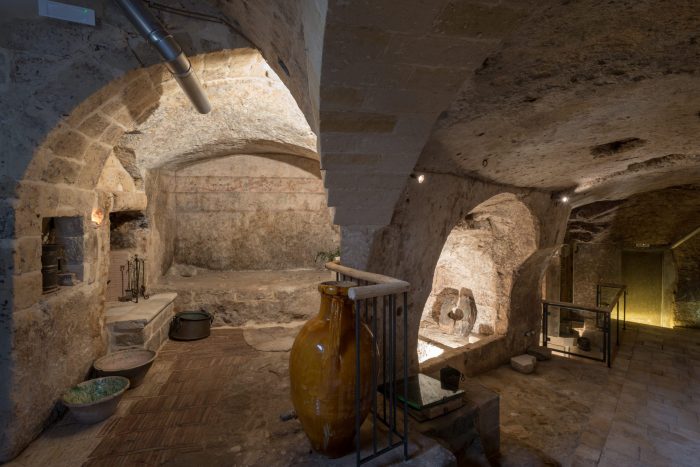
©Moom
How is the visit to the oil mill organized?
The visit includes a tour with a guide or tablet (audio guide) that starts from outside the museum to introduce visitors to the city context in which the oil mill was located. Afterwards, you enter the small internal courtyard where the stones used to collect the presses are shown. Next, the entrance to the hypogeum, which, initially, with the lights off, shows the difficult working conditions of the millers (there are small reproductions of oil lamps). The whole transformation process with the explanation of the equipment starts from the stable, then goes to the muller room, the central room with the presses and the areas for the storage of raw materials, finished products and waste. The representation of the entire process is also reproduced through the ceramics of a well-known local artist (Peppino Mitarotoda). The visit to the lower part of the museum ends with the “room” of the oil mill and with an explanation of the paintings found. But that is not all. The visit continues on the upper floor where the olive deposit has been transformed into a tasting room. A brief explanation of the characteristics of extra virgin olive oil is accompanied by a tasting of our company’s oil (L’Uliveto di Como Donatella). Throughout the process, the staff is available for any clarification on current production processes, from the agronomic to the technological and nutritional part, also thanks to their technical skills. The complete visit lasts about 40/45 minutes.
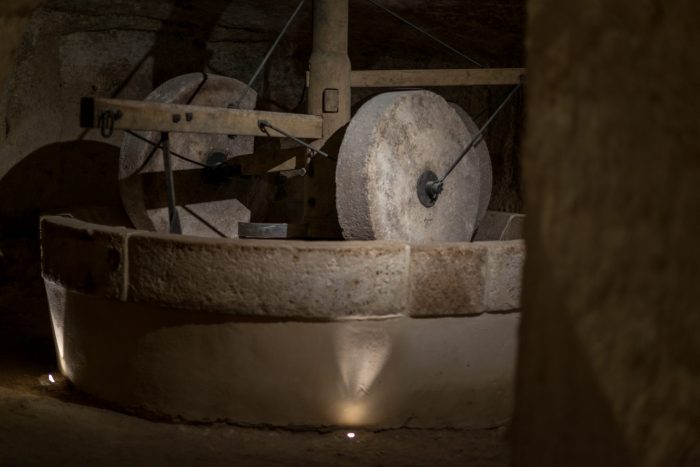
©Moom
Which type of visitor prevails (in general, excluding the current period): school groups, local, national, international tourism… and which of them seem to be most attracted to the visit?
The main visitors are foreigners or from northern Italy. We have also attracted the attention of local visitors by organizing ad hoc events and school groups, studying a program of visits differentiated according to the age of visitors. In all visits, we try to tell not only the history of the museum but also everything that represents agriculture and food production, from the past to today.
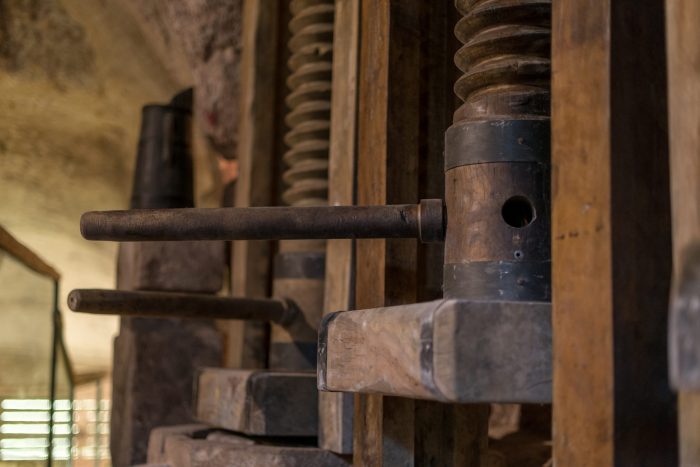
©Moom
What role do museums like the MOOM play in EVOO culture education?
They are the basis of food culture and EVOO in particular. These museums are places where both people from the sector and people totally strangers enter, and it is precisely on them that the role of technical/scientific dissemination is felt most. It often happens, in fact, to answer questions about flavor, production and conservation and the meaning of the indications on the label. Unfortunately, to date, many people are linked to traditional processes that did not allow the obtaining of superior quality products. The difficulty and the role of museum operators like us is to train and inform visitors and consumers about current technologies and how to recognize quality products, understanding their strengths and weaknesses.
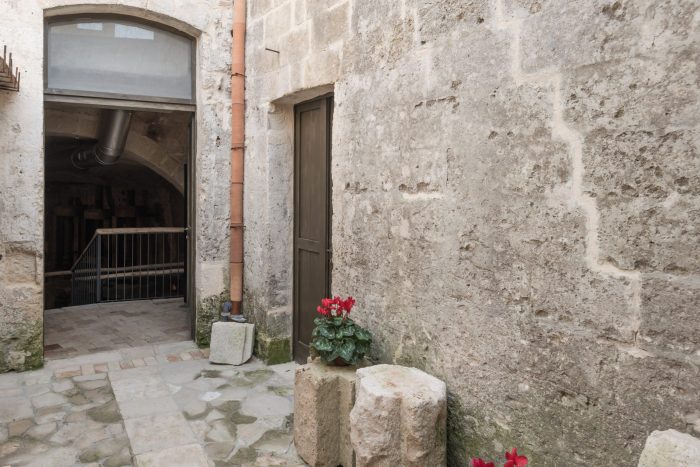
©Moom


